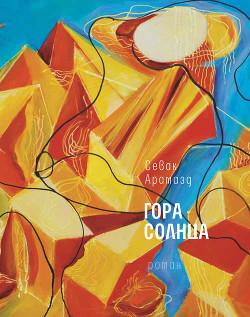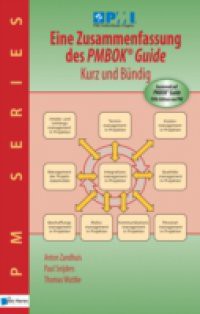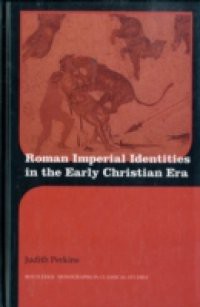This book contains a representative cross section of critically reviewed papers from the Third International Symposium on Handwriting and Computer Applications (Montreal, 1987). The first section focuses on different aspects of computer recognition of handwriting such as signature analysis and verification, and on-line and off-line recognition of handwritten characters and cursive script. In sections two and three handwriting is examined from a number of perspectives including basic modelling, the neural and motor aspects of handwriting, as well as the educational implications of handwriting research. This volume hopes to help researchers involved in handwriting research achieve better understanding of the handwriting process, shed new light on motor control and learning, and solve recognition problems.Contents:Computer RecognitionWhat Types of Scripts Can Be Used for Personal Identity Verification? (M Parizeau & R Plamondon)A Model of Handwriting Process and Stroke-Structure of Character-Figures (S Kondo) and other papersHuman Production: Modeling and Motor TheoryA Computational Model of Cursive Handwriting (L R B Schomaker et al.)The Effect of Context on Stroke Direction and Stroke Order in Handwriting (A J W M Thomassen et al.)The Relationship Between Pen-Point and Joint Kinematics in Handwriting and Drawing (R E A van Emmerik & K M Newell) and other papersHuman Production: Psychological AspectsDeveloping Efficiency in Cursive Handwriting: An Analysis of 't' Crossing Behaviour in Children (R Sassoon et al.)Preliminary Assessment of Spatio-Temporal Control of Handwriting in Parkinsonians (J Philips et al.)Psychophysiological Changes Associated with Chinese Calligraphy (Henry S R Kao et al.)and other papersReadership: Computer scientists and researchers involved in handwriting analysis.Key Features:A new method to obtain “good” rational approximations to functions with two variables is providedA number of mostly original exercises is contained in almost all chapters, together with their detailed solutions in the “Hints and Solutions” sectionBasic and useful mathematical notions in “discrete dynamical systems”, “elementary number theory” and in “rational approximation theory” are explained carefully















